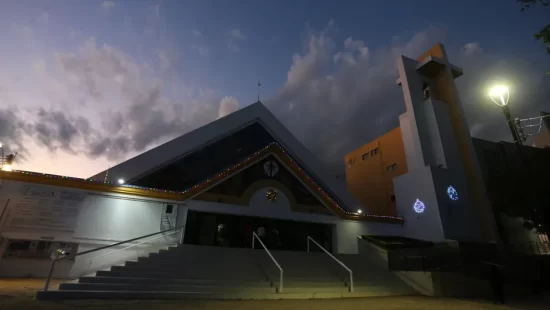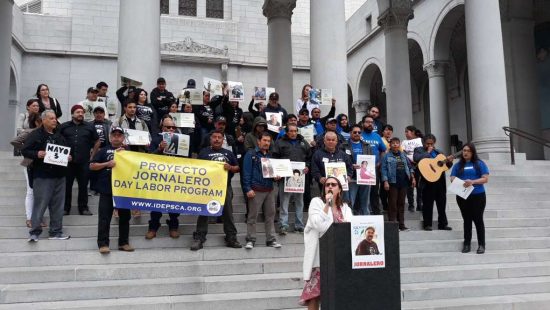California has the highest rate of people in women’s prisons serving a life sentence, with 1 in 4 sentenced to life without parole. In addition to the California Institution for Women, the state also has the largest women’s prison in the world: the Central California Women’s Facility in Chowchilla.
In December 2019, the project brought together 22 participants, ranging in age from 29 to 64, for in-depth interviews and group discussions. The majority of collaborators were sentenced as youth to long terms, with 15 entering prison at the age of 25 or younger. Many who participated knew each other; some had not seen each other in decades.
All together, they had already spent more than 300 years behind bars.
More than 4,100 people are currently serving time behind the walls of California’s prisons for women. Activist Jayda Rasberry was once one of them.
“What stands out to me the most now is the lack of knowledge anybody going into the system has,” Rasberry said in a new report from the University of California Sentencing Project. “And then the lack of knowledge that we’re given when we’re inside.”
Published by the UCLA Center for the Study of Women|Streisand Center, the report presents findings from the project’s inaugural study, which focuses on those who went through these prisons and aims to counter the lack of knowledge around their experiences.
Spurred on by those who served time within the California Institution for Women, an interdisciplinary group of faculty, researchers and students from different university campuses partnered with the California Coalition for Women Prisoners to take a close look at the conditions and extensive impacts of long-term sentences .
“The project epitomizes the kind of community-led research that the center endeavors to advance,” said Grace Hong, the Center for the Study of Women|Streisand Center’s director and professor of gender studies at UCLA. “It’s based on longstanding, reciprocal organizing relationships between incarcerated and formerly incarcerated people and university researchers — some of whom are themselves system-impacted.”
In the report, the authors emphasized that sentencing “is not a singular event but a multi-faceted process that involves an array of social processes and state actors.”
They focused on several themes that were found in the stories and experiences of those currently and formerly incarcerated:
-The criminal legal system’s refusal to recognize those sentenced as a victim or survivor, ignoring the defendant’s own histories of trauma when charging or sentencing them.
-The many ways that opaque criminal legal procedures led to dehumanization, coercion, neglect and further trauma.
-How sentencing is entangled with larger societal forces and politics, with guilt seemingly predetermined based on race, sex and gender.
-The role that prison and parole authorities play in exacerbating and even further extending sentences and punishment.
-The harm and violence of long-term sentencing that go beyond time served and can inflict a lifetime of trauma that may span generations.
Latinos are ignored in the statistics in prisons and the police








